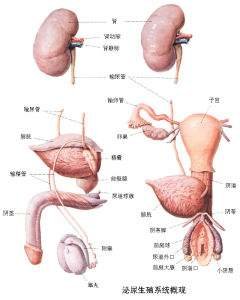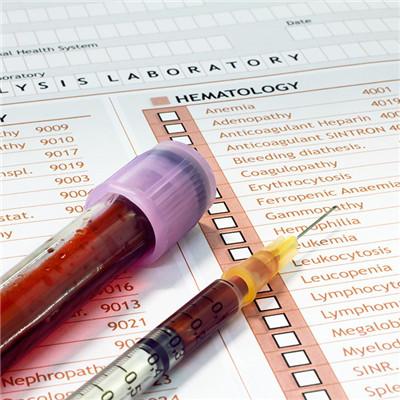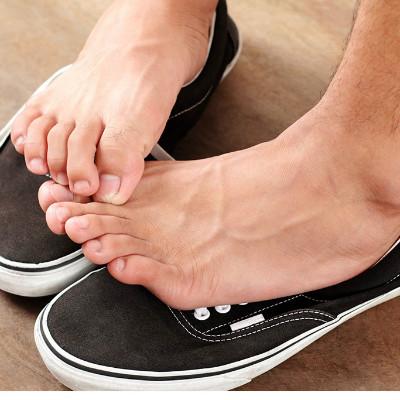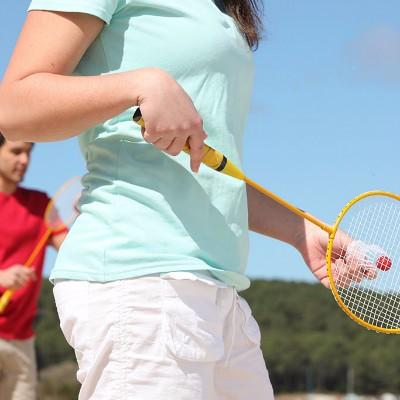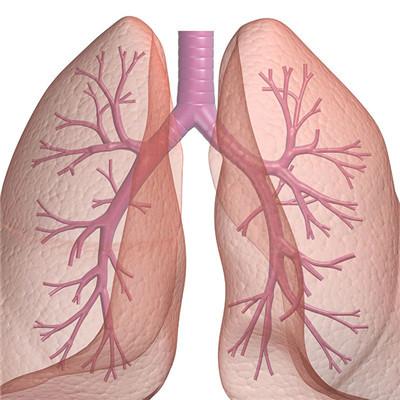Rehabilitation training methods of cerebral infarction
summary
Cerebral infarction is a disease with high disability rate. Its prognosis has different degrees of hemiplegia, mental retardation, vertigo, aphasia and other symptoms, which directly affect the quality of life of patients with cerebral infarction and bring great difficulties to family and work. To understand the rehabilitation training method of cerebral infarction is to reduce the motor dysfunction caused by cerebral infarction and improve the quality of life. Now I will introduce the rehabilitation training method of cerebral infarction.
Rehabilitation training methods of cerebral infarction
First: massage and passive exercise. For early bedridden patients, their paralyzed limbs should be massaged by their families to prevent muscle atrophy. Passive movements such as flexing and extending knees, elbows and fingers should be carried out on large and small joints to avoid joint stiffness. Patients who are slightly able to move can sit on the stool and chair with the help of others to do activities such as lifting legs, extending knees and supporting objects to prevent cardiovascular dysfunction.

Second: step by step for standing and walking training. The training contents include long-lasting sitting endurance, standing up, standing balance, walking, jogging, daily life work, gradually increasing the intensity, so as to lay a solid foundation for the recovery of life. The rehabilitation group received 6-7 weeks of training, and the treatment time was generally 3 times a day, about 10 minutes each time, 5 days a week. Training intensity varies from person to person, step by step.

Third: upper limb exercise. It is mainly to train the flexibility and coordination of both hands, such as combing hair, dressing, unbuttoning, abacus, writing, washing face, etc., and to participate in table tennis, leather ball and other activities, so as to gradually achieve self-care in daily life.

matters needing attention
In the rehabilitation training of cerebral infarction, we should adhere to the reliable drug prevention and treatment, and cooperate with acupuncture, massage and so on. In addition to establishing patients' confidence in rehabilitation, the accompanying family members should also be patient and persistent. They should not be too hasty or tired of losing heart and give up halfway. As long as we insist, most patients with cerebral infarction can get ideal effect.










